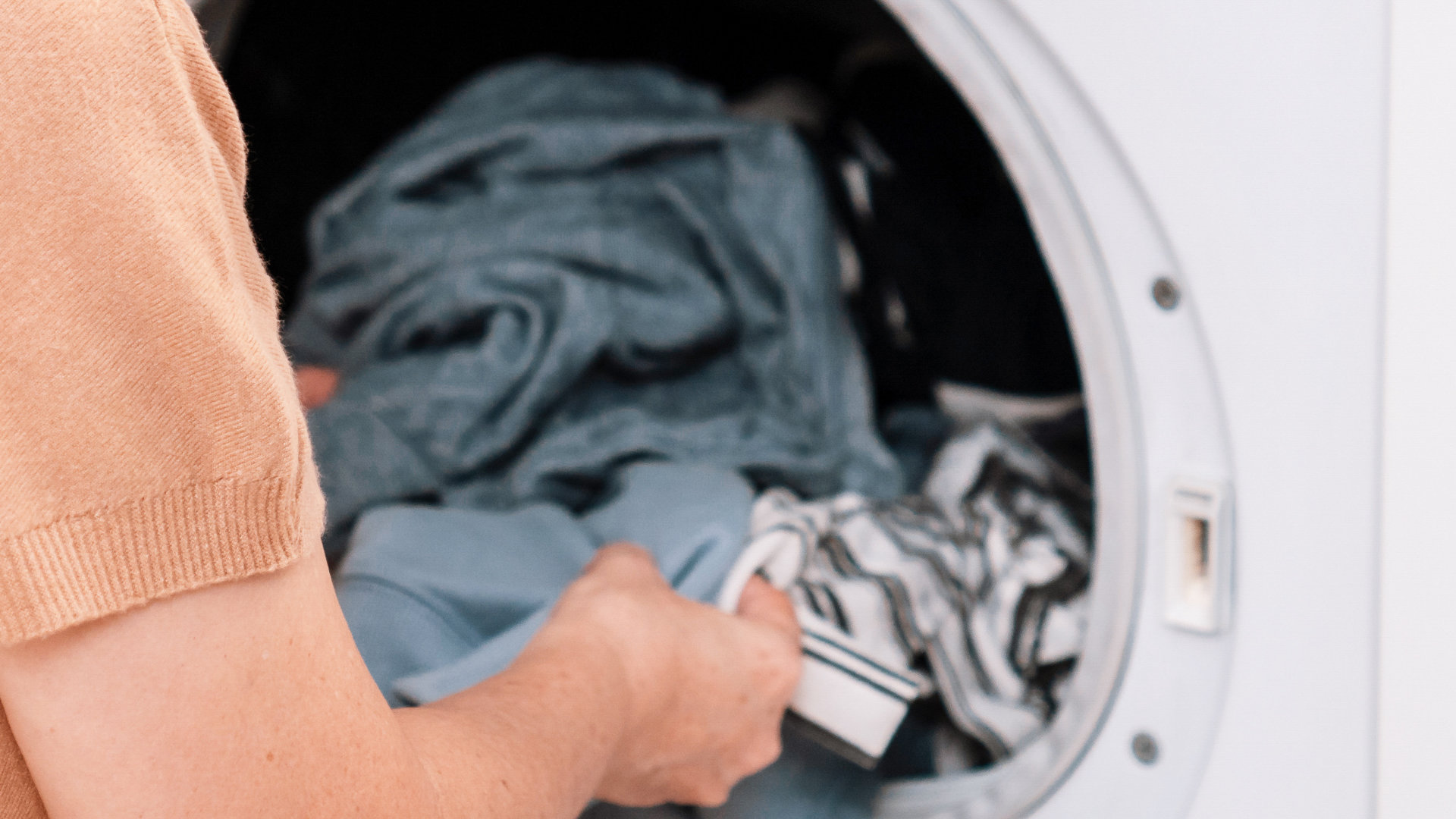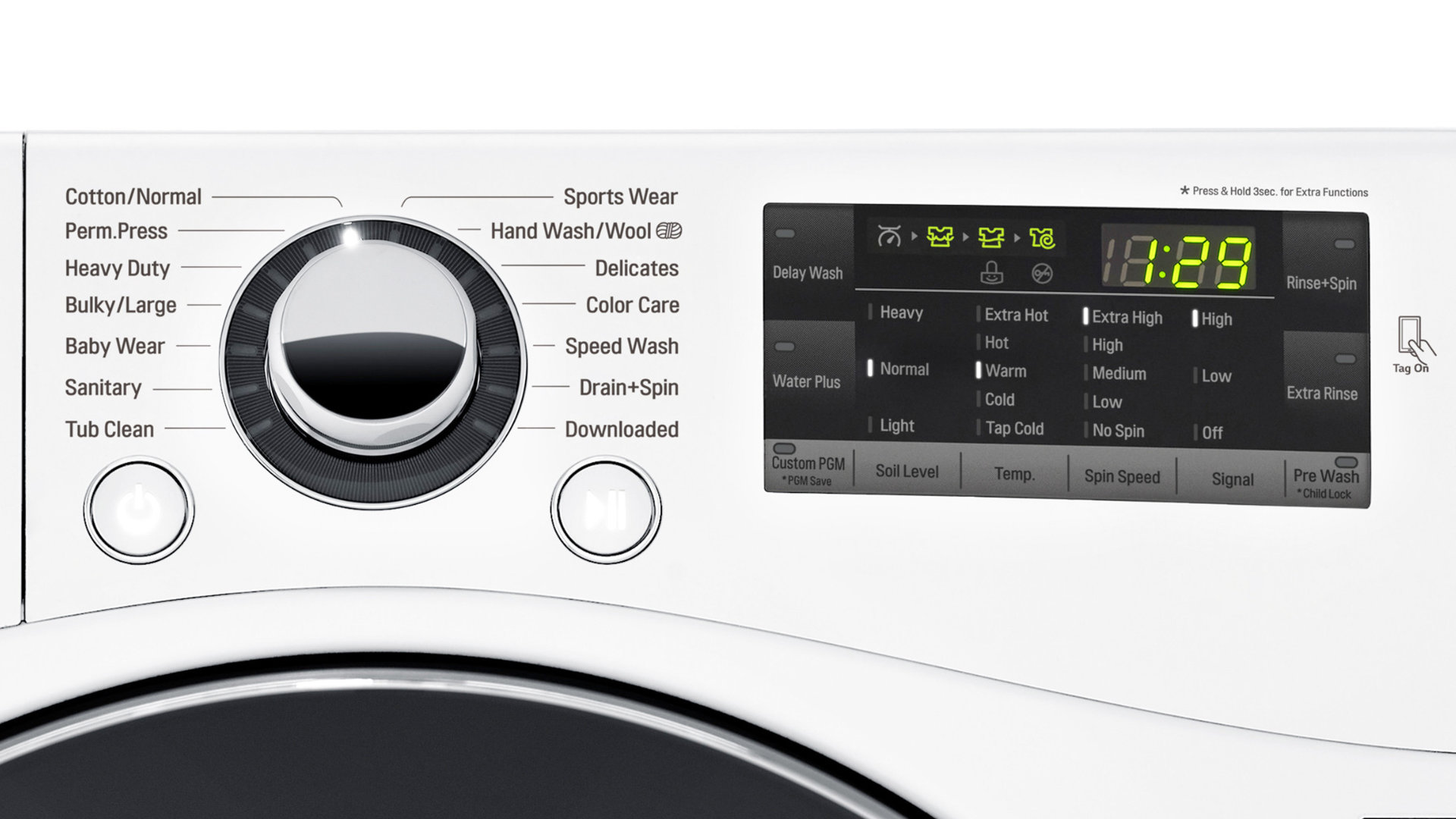
It’s a sight no one wants to see. You walk into your laundry room and notice a puddle of water on the floor beneath your LG washer. Not only is something wrong with your washer, but the water could damage your flooring and your drywall.
Don’t panic and call in a professional right away though—there are actually a lot of easy DIY solutions to a leaking LG washer that we outline here. Read on to find out what to do.
This guide applies to all main models of LG washers, including:
RLM20K, WD-10271BD, WD-11275BD, WD-13276BDM, WD-90282BD, WDP2W, WDP3B, WDP3N, WDP3R, WDP3S, WDP3W, WM0642HW, WM2016CW, WM2050CW, WM2101HW, WM2233HW, WM2277HS, WM2277HW, WM2301HR, WM2487HRM, andWM2487HWM.
Ensure the washer isn’t overfilled
This tends to apply more to front-loading washing machines, but make sure you aren’t overfilling your washer. An overfilled washer can lead to water spilling out and leaking out of the door of your front-loading washer. This problem can be exacerbated if you use too much detergent as well—the detergent can foam up and lead to sudsy water spilling out of your machine.
Make sure you’re filling your machine to the recommended level, and check that the detergent you’re using is the right kind for your machine. Some washers require that you use high-efficiency detergent, which produces fewer suds.
Check the water level switch
This can be an issue on top-loading machines. They have a water level switch that tells the machine to stop filling once a certain level is reached. If the switch is malfunctioning, the machine will just keep filling and filling until it overflows.
When this happens to your top loader, it will be quite obvious—the drum will be completely filled with water and it will be pouring out of the top of your machine. To fix this issue:
- Immediately drain your machine. You can do this by switching it to a drain cycle, or by turning it off and siphoning out the water.
- Turn off your machine and find the water level switch. This is usually behind the control panel, but your LG manual will show you exactly where it is on your model.
- Unscrew or unlatch the old switch and put a new one in its place. Replacement parts can be sourced online.
- Put everything back together and run a test cycle. Your leak issue should now be solved.
Check the hoses
There are three main hoses connecting to your washer: one connected to the cold water, one connected to the hot water, and one for draining the dirty water. If there is an issue with the connection of any of these hoses, or if one of them is cracked or damaged, it can lead to leaks.
To check the hot and cold water hoses:
- First, run a wash cycle. It’s the best way to pinpoint exactly where the point of leakage is in the hoses. If the leak is with the cold or hot water hose, it should be apparent pretty quickly—you’ll notice that water is leaking out from either the faucet, from the connection to the machine, or somewhere along the hose.
- If you notice an issue with one of the connections, turn off the power and the water and tighten the connection, then try the cycle again to see if the issue is fixed.
- If you notice water coming from somewhere along the length of the hose, it means that the hose is damaged and will need to be replaced. You can order a new hose online to replace the damaged one—this will solve your leak issue.
To check the drainage hose:
- First, check to see if the drainage hose is properly connected to the machine, and check to see if it’s set properly in the drain standpipe. You want to ensure it is firmly placed but not too far in; when it’s too far in, that can lead to siphoning issues and overflow.
- If everything looks okay, run a short cycle. If the drainage hose is the issue, the leak won’t become apparent until the drain part of the cycle begins. Once it starts draining, check the connections and along the length of the drainage hose to see where the water is coming from. If the hose itself is cracked and leaking, it will need to be replaced.
Check the seals
Again, this usually applies to a front-loading washer, as due to the location of the door, they’re more prone to seal issues. To check if your washer has an issue with the door seal:
- First, visually inspect the seal around the door. If it appears loose, torn or damaged in any way, this could be causing the leak problem. You can order a new seal online.
- Door seals in front-loading machines can be prone to accumulating a buildup of grime and mildew. If your seals are intact but look particularly dirty, this could be preventing them from sealing properly. Clean your door seals thoroughly with a cloth and detergent.
- Once your seals have been cleaned or replaced as needed, try running another cycle. If the seals were the issue, your LG washer will no longer be leaking.
Check the pump
This is a little trickier to identify, but if there is damage to the pump in your washing machine, it can cause a leak. Here’s how to identify and fix the issue:
- Check the location of the leak—if the water is coming from the bottom of the machine, a pump issue is more likely.
- Get access to the pump. You’ll have to unplug your washing machine from the power and remove an access panel to find the pump—if you need to you can consult your LG manual for help.
- Check the pump for any cracks or visible damage, and also check to see if it is blocked by any small objects like coins or buttons.
- If there is an obvious blockage, you can remove any debris and this will solve your leak issue.
- If there is damage to the pump itself, it’ll need to be replaced. You can order a replacement part online and install it in the same position as the old one. Make sure you note how the old pump was installed before you put in the new one.
- If everything appears fine with your pump, it’s still worthwhile to ensure that all the connections and hose clamps are tight, as this could be where the leak is coming from.
- Once you’ve either cleared your blockage, tightened your clamps, or replaced your pump, run a test cycle. Your leak issue should now be fixed.
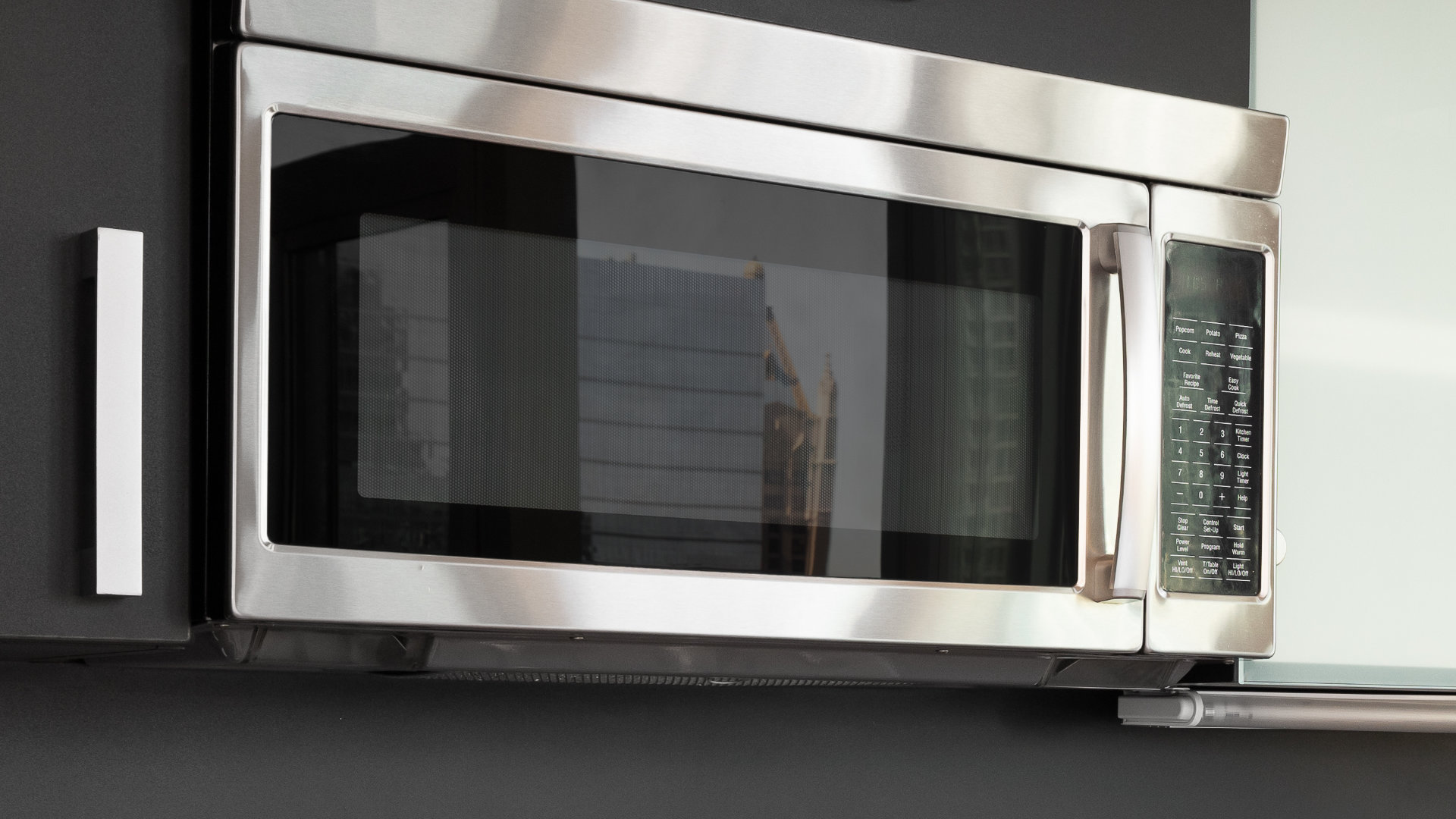
Your Guide to Whirlpool Microwave Replacement Parts
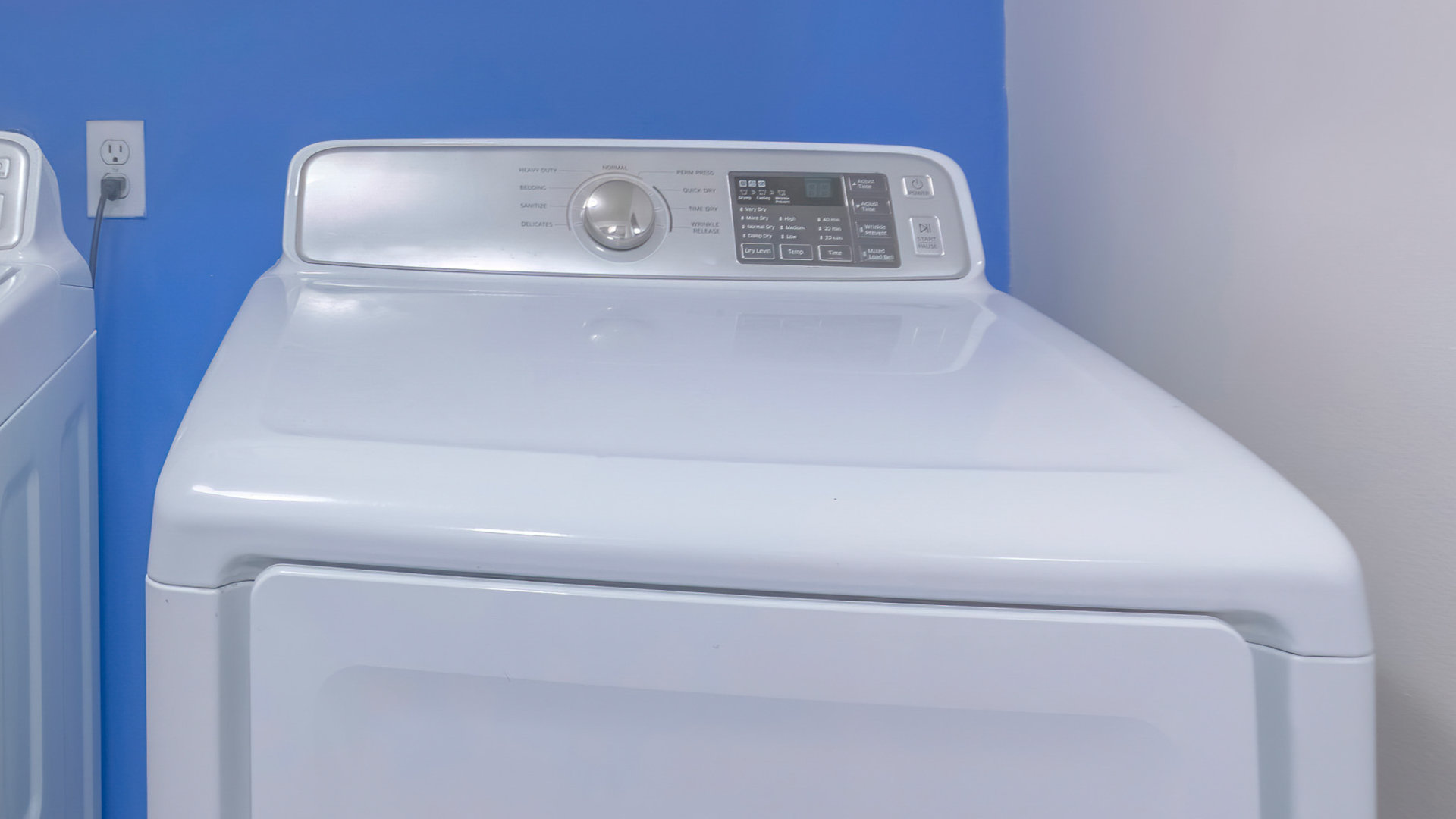
What to Do When Your Kenmore Dryer Won’t Start
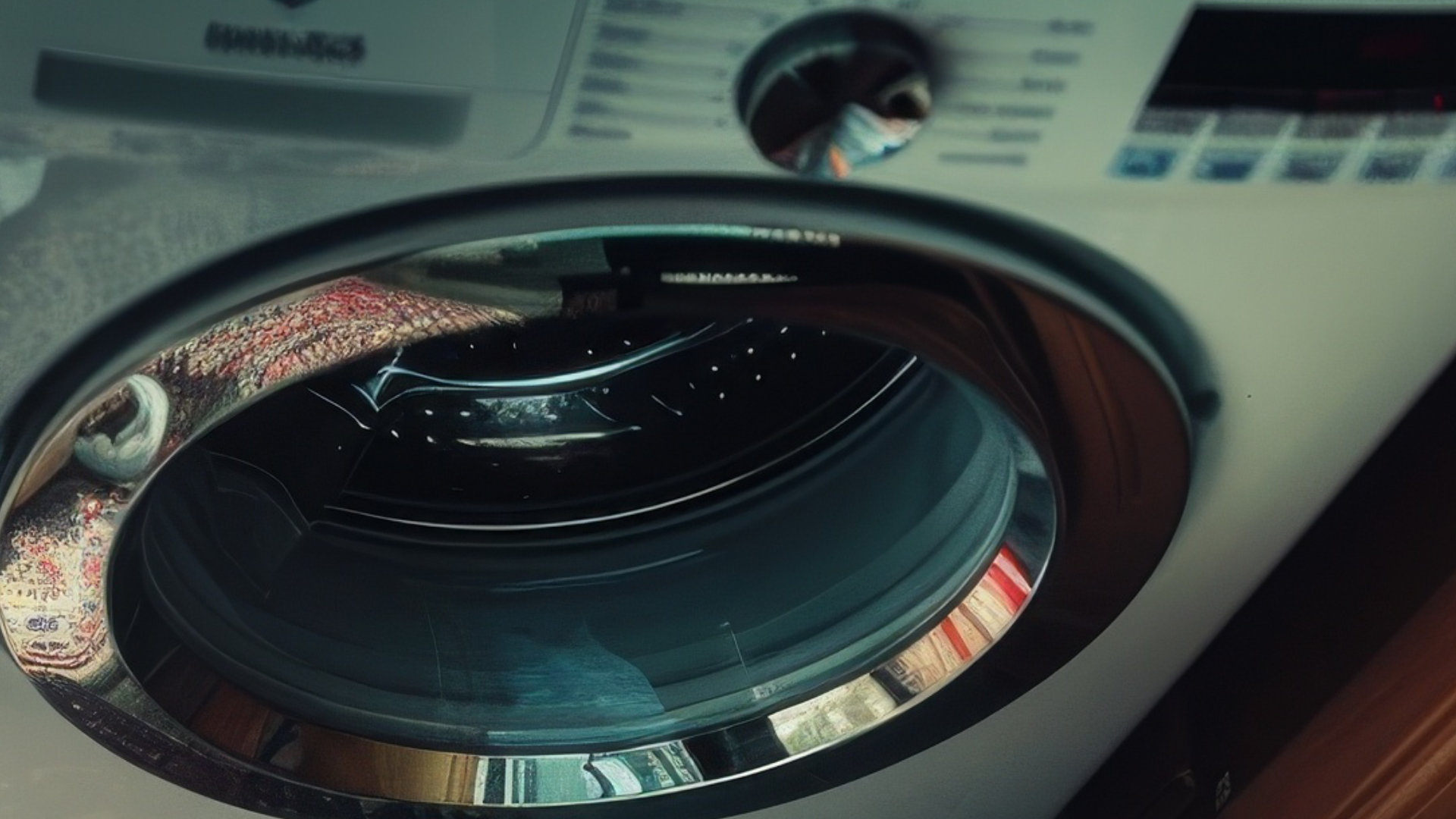
How to Resolve the LG Washer LE Error Code
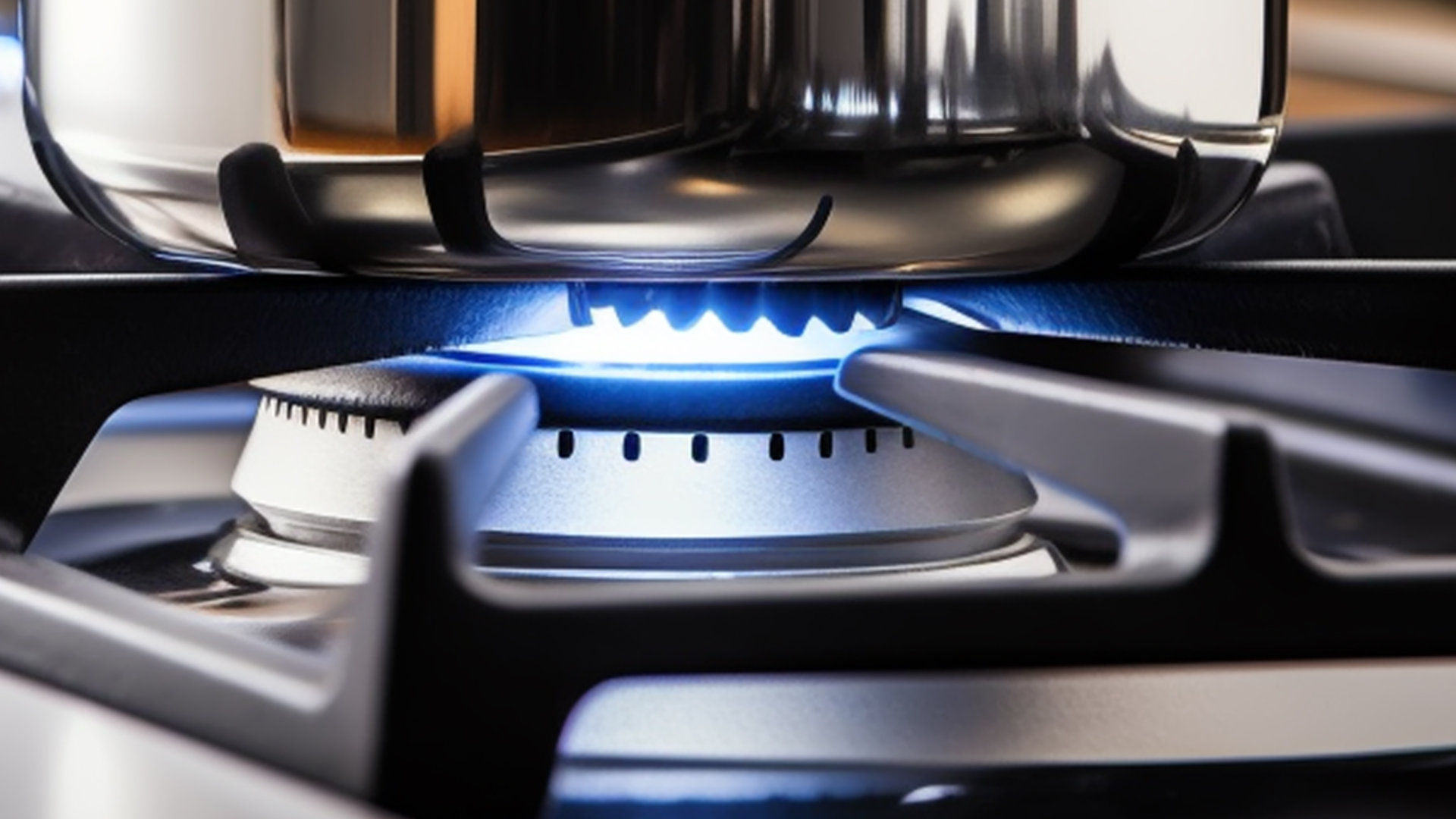
Why Does My Oven Smell Like Gas? Causes and What to Do
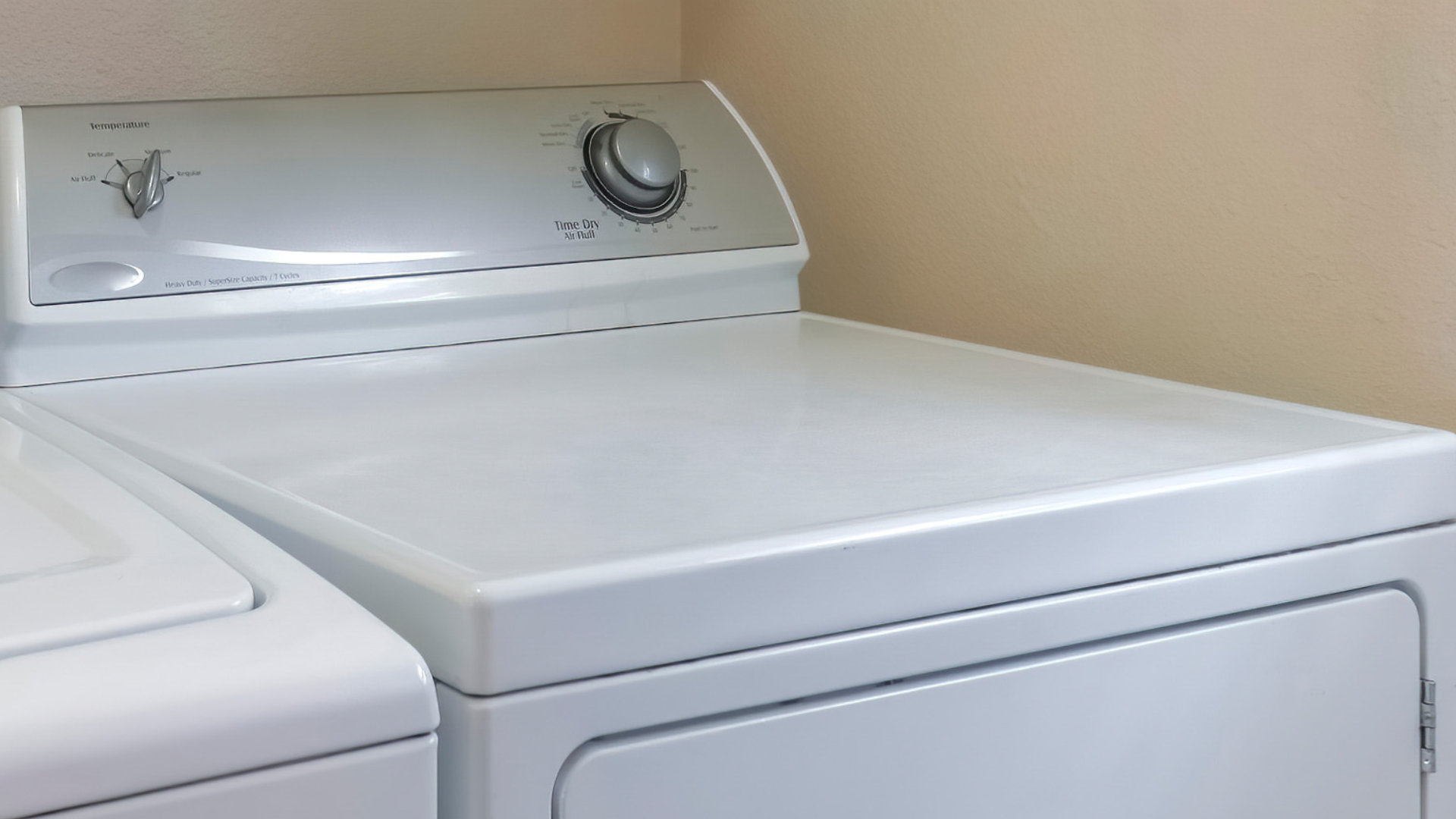
Maytag Dryer Not Heating? Here’s How to Fix It
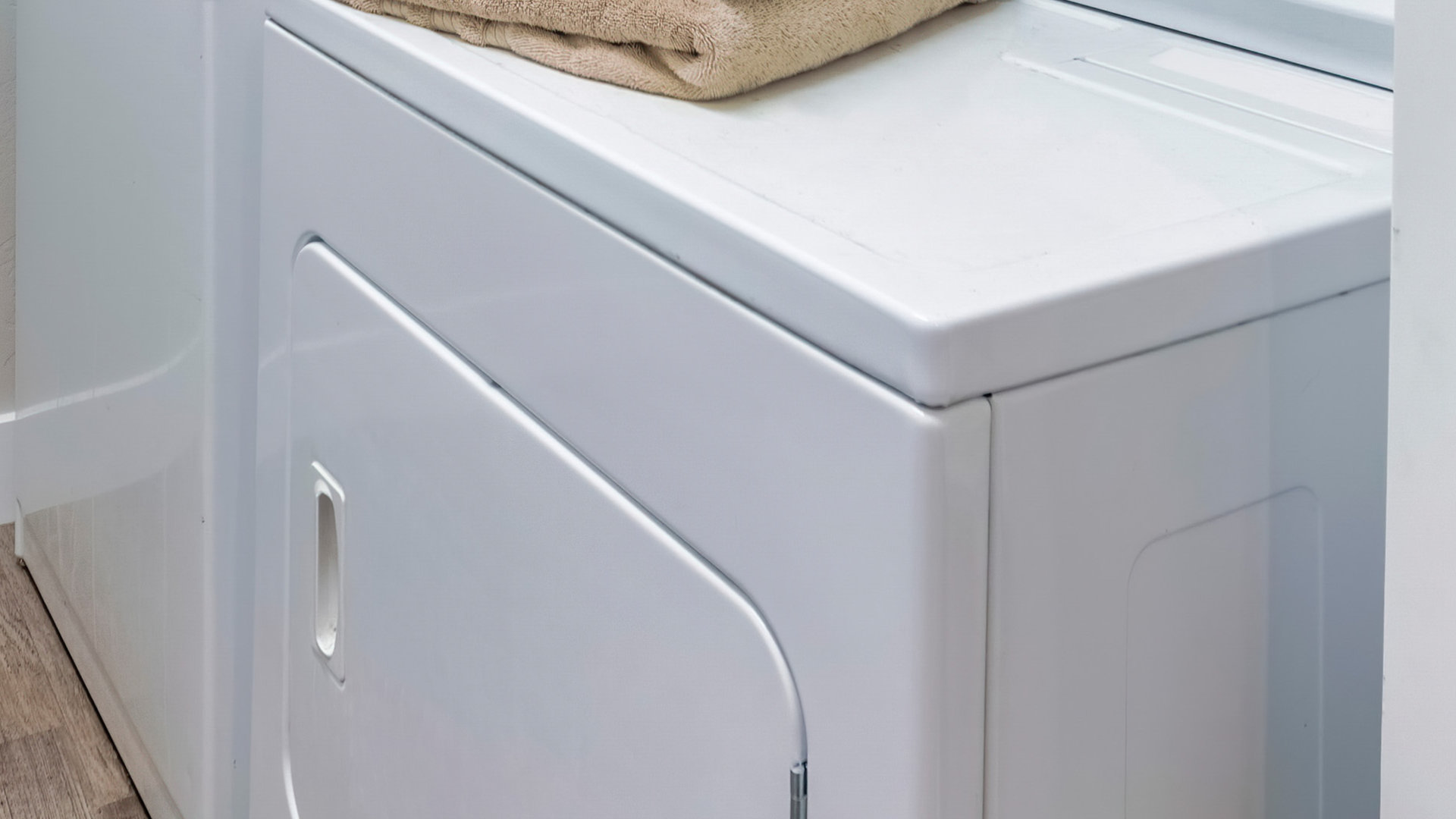
6 Common Reasons Your Speed Queen Dryer Isn’t Heating
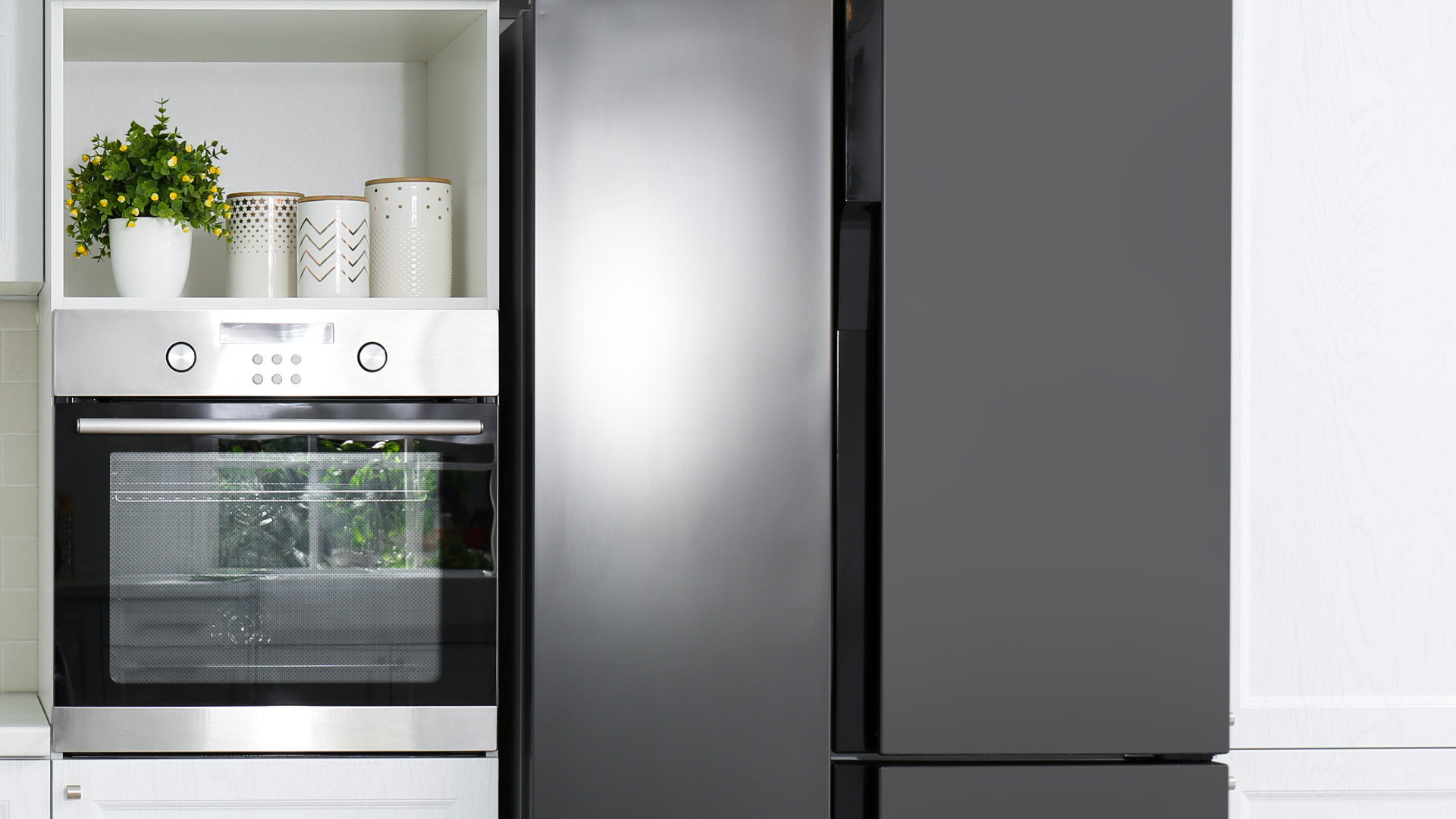
8 Reasons Your Samsung Refrigerator Is Not Cooling
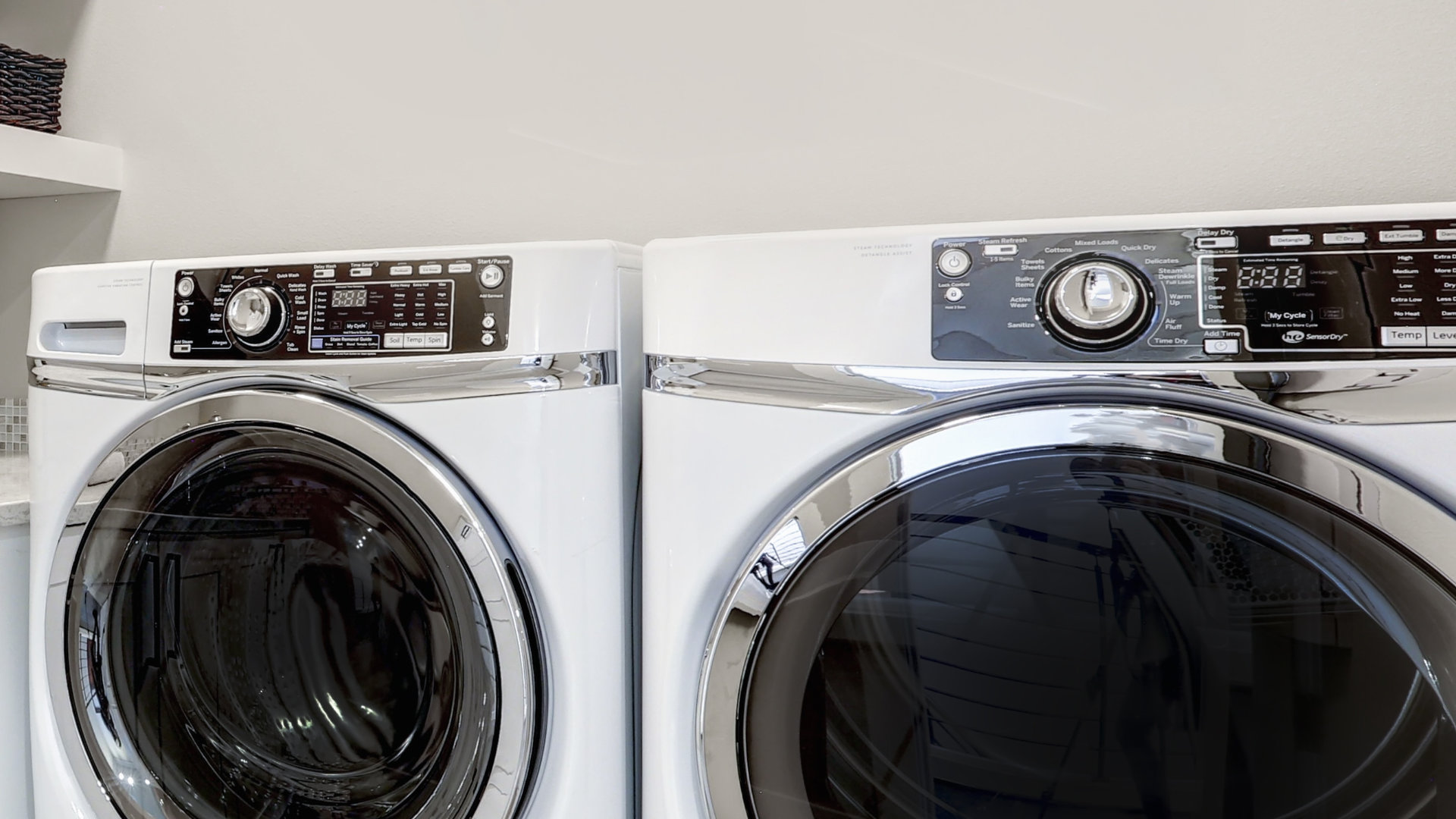
9 Most Reliable Washer and Dryer Brands
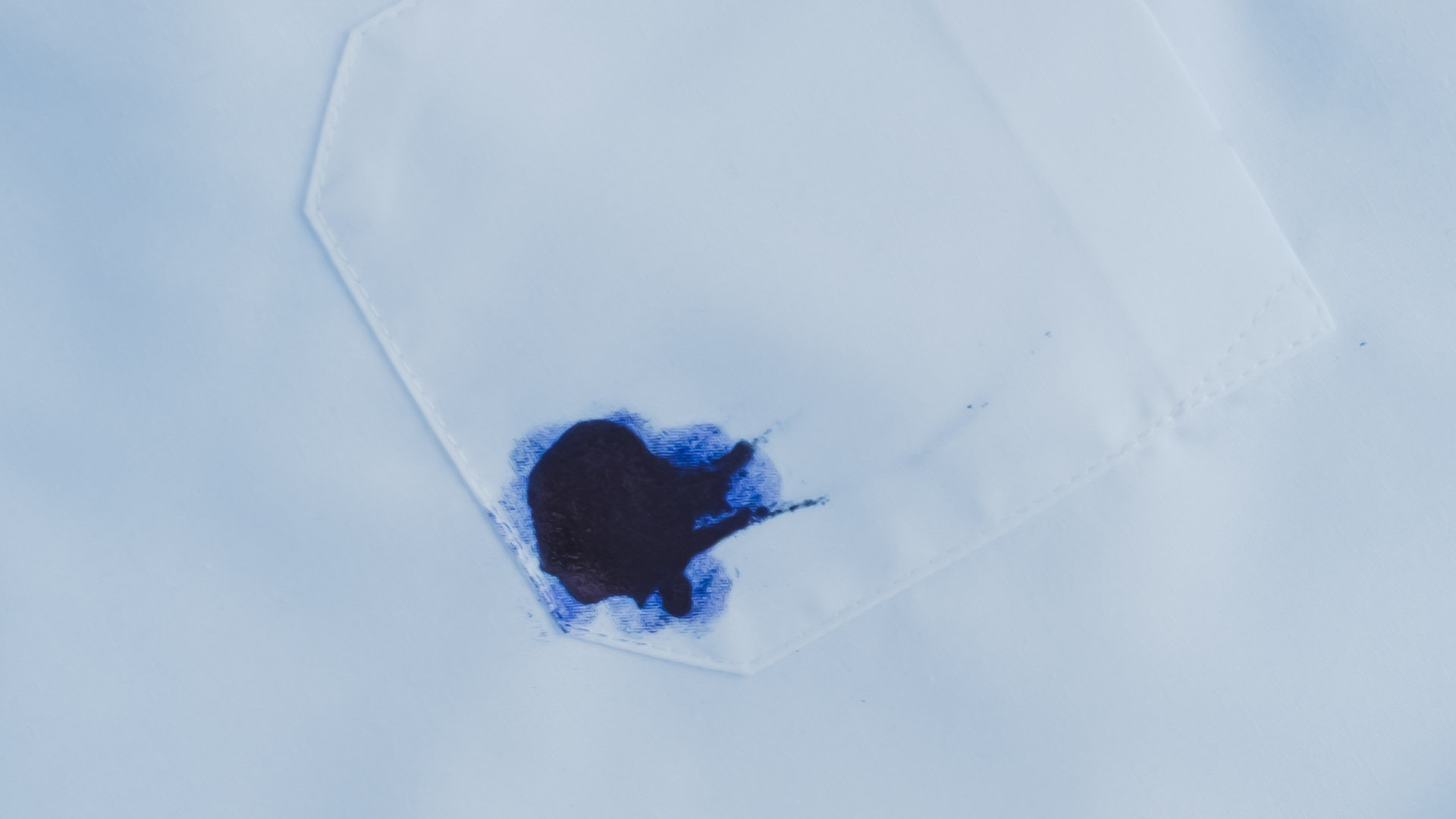
How to Get Ink out of Your Dryer the Easy Way

Why Is My Fridge Making Noise That Stops When the Door Is Open?
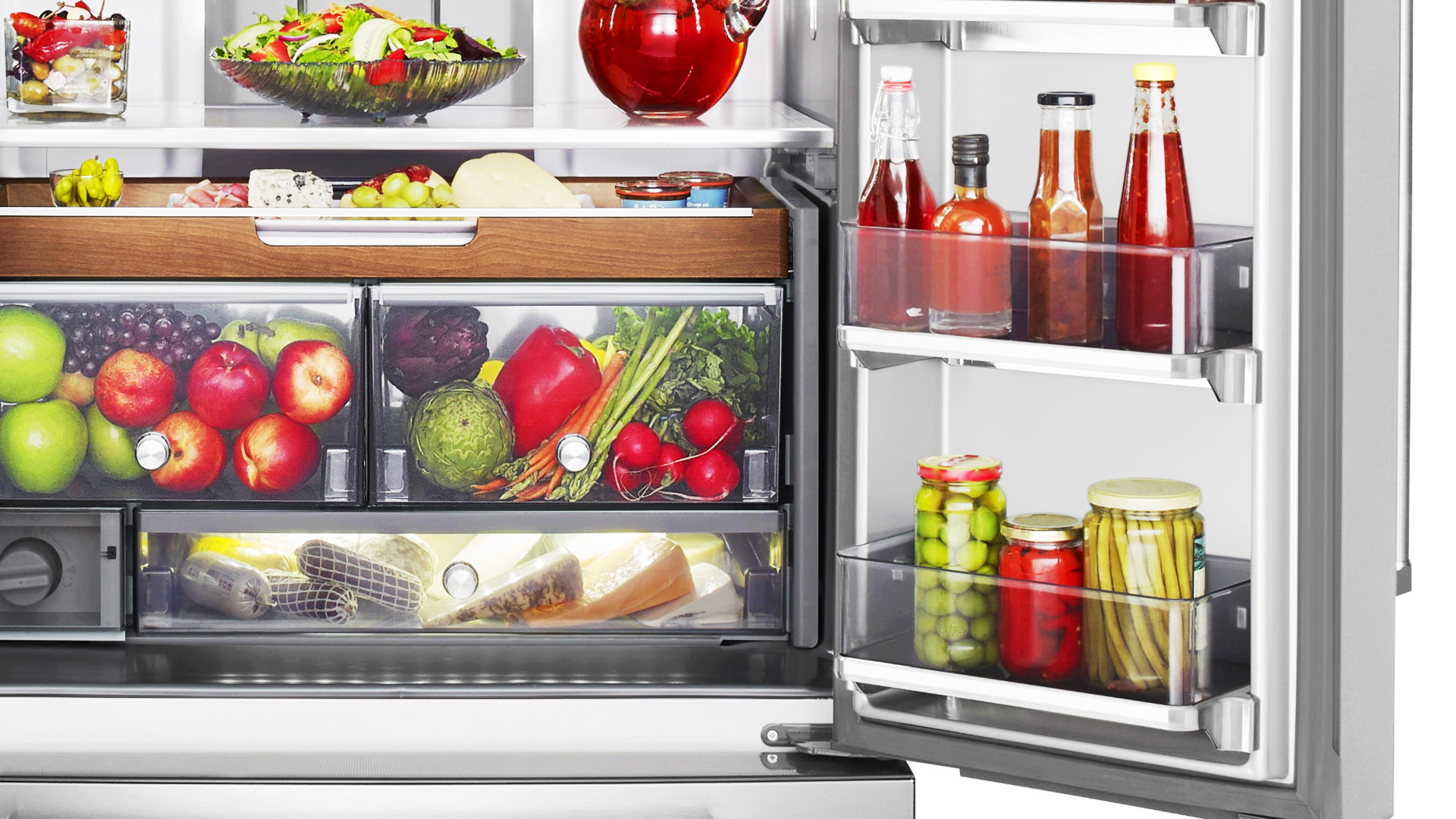
Frigidaire Refrigerator Error Code H1: Causes & Solutions
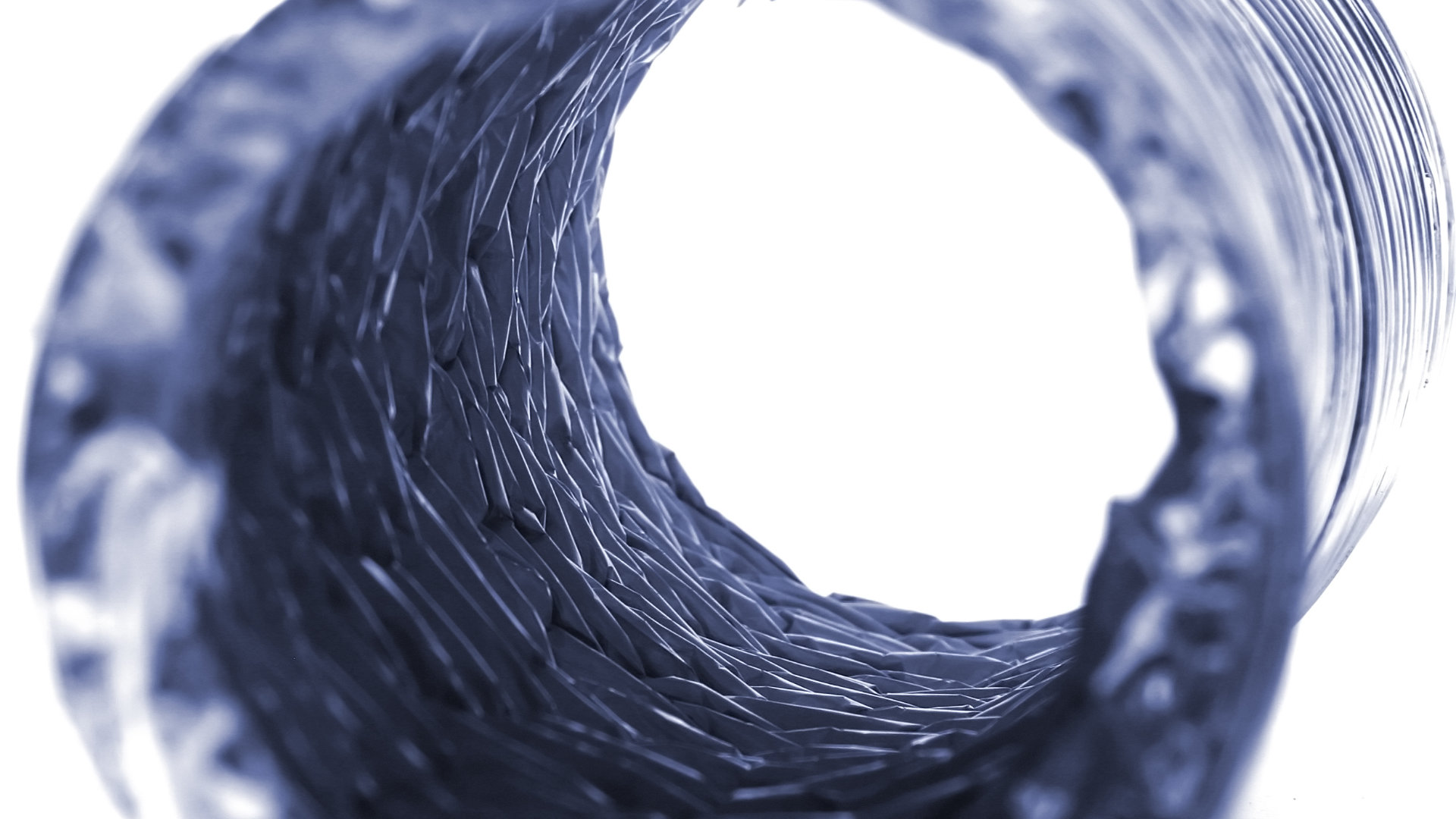
How to Clean a Dryer Vent Without Moving the Dryer
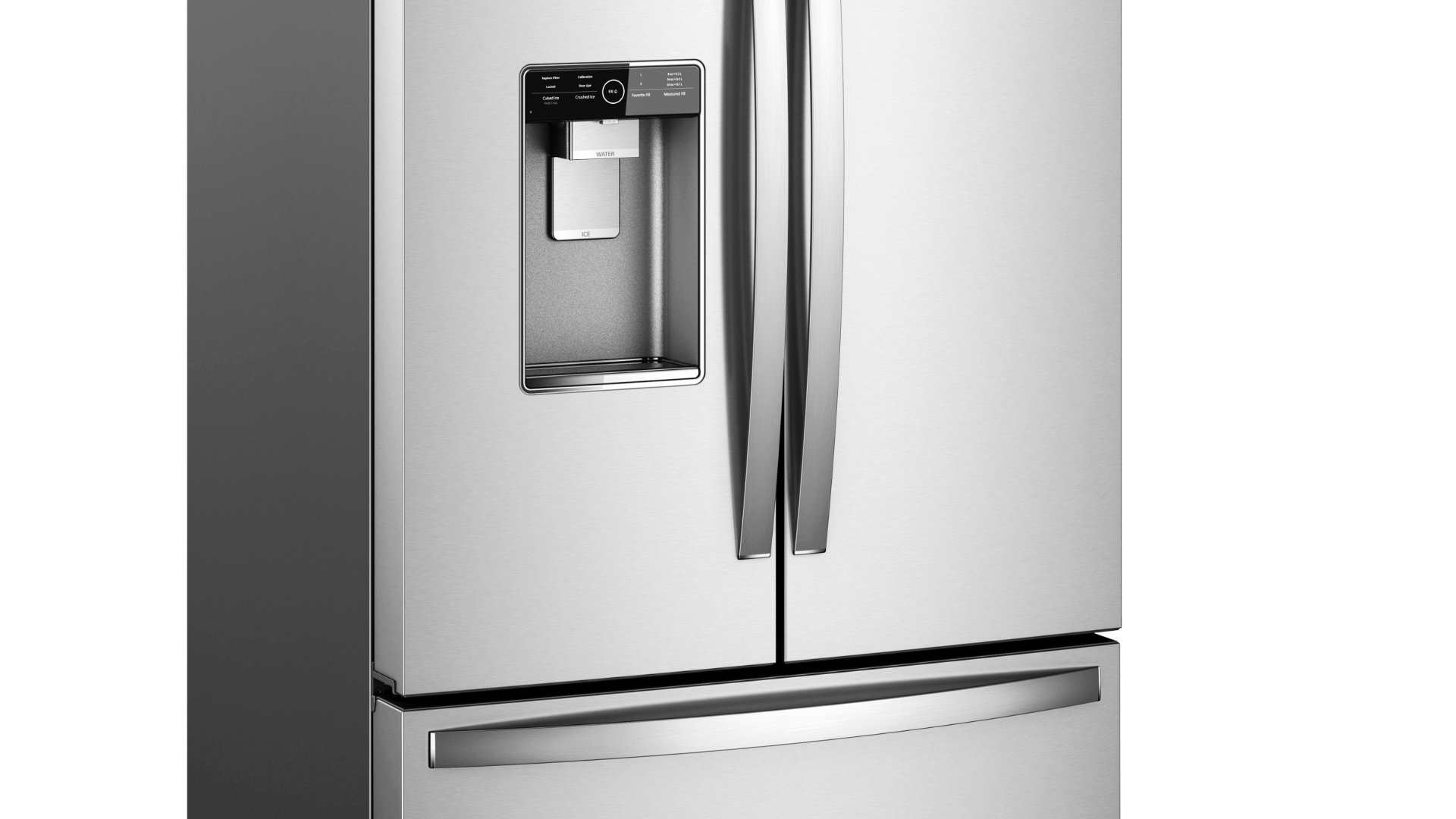
9 Reasons Your LG Refrigerator Isn’t Cooling
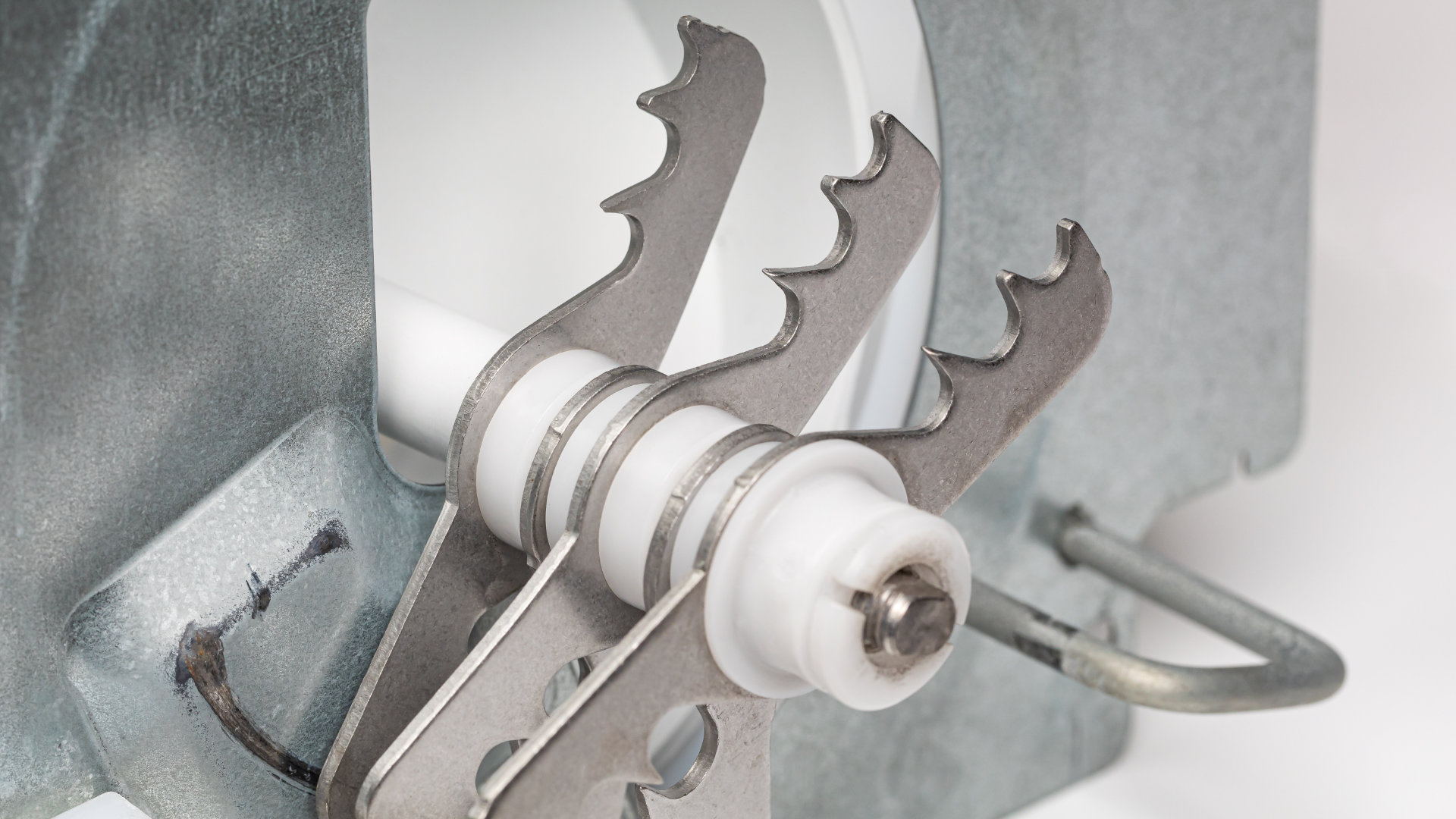
LG Refrigerator Not Making Ice? Here’s What To Do!
